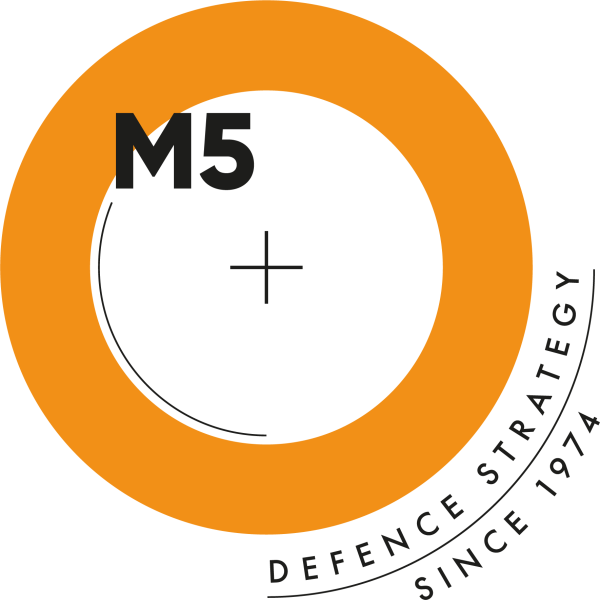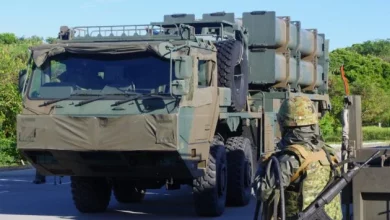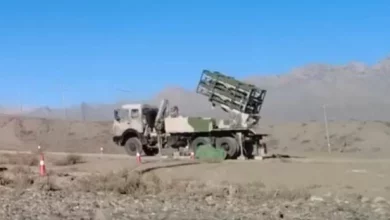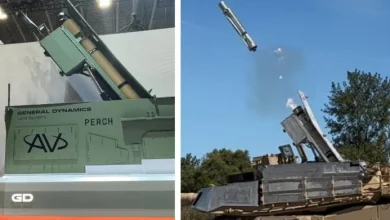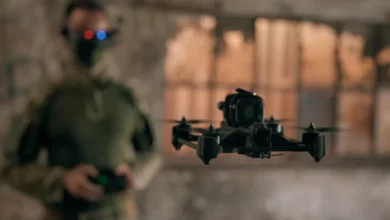Ukraine’s Marines develop new naval drone for littoral warfare

Ukrainian forces have introduced a new naval drone designed for operations on the Dnipro River, according to a report from the defense news outlet Militarnyi.
The system, named Barracuda, was developed by the special unit “Barracuda,” which operates under the 40th Separate Coastal Defense Brigade, part of the 30th Marine Corps.
The report said the unmanned surface vessel (USV) is intended to expand Ukraine’s capabilities in contested river zones and littoral waters.
As noted by Militarnyi, the Barracuda is built around a modular design, allowing it to be equipped with different types of weapon systems depending on mission requirements. The publication also said the drone incorporates “elements of artificial intelligence,” though no further technical details were provided.
At the same time, the report emphasized that the Barracuda is not equipped with satellite communications, limiting its effective range. Instead, the drone is tailored for relatively short-distance operations, particularly among the islands along the Dnipro River. This focus corresponds to the operating area of the 40th Coastal Defense Brigade.
The introduction of river-focused unmanned systems highlights how Ukrainian forces are adapting to the geography of the conflict. The lower Dnipro region, marked by dense island chains and narrow waterways, presents unique challenges for both offensive and defensive operations. Small platforms such as the Barracuda allow Ukraine to apply pressure in areas where larger naval systems may not be practical.
The use of unmanned maritime systems has been one of the defining features of the war. Ukrainian naval drones have repeatedly targeted Russian warships in the Black Sea, forcing the Russian Navy to alter its operating patterns. While most of those systems were designed for long-range strikes, the Barracuda’s role appears to be different—providing tactical support in inland and coastal environments.
For Ukraine’s marines, these drones could serve multiple roles: reconnaissance, harassment of enemy positions, and direct strikes with modular payloads. The lack of satellite communication limits operational reach, but for riverine warfare, that may be less of a drawback. The ability to maneuver around islands and narrow passages with a platform that can be quickly deployed and potentially replaced offers a practical advantage.
The report did not specify how many drones have been produced or whether they have already been deployed in combat operations. It remains unclear what types of weapons the Barracuda will carry, though modular design suggests options could range from explosive charges to lighter direct-fire systems.
